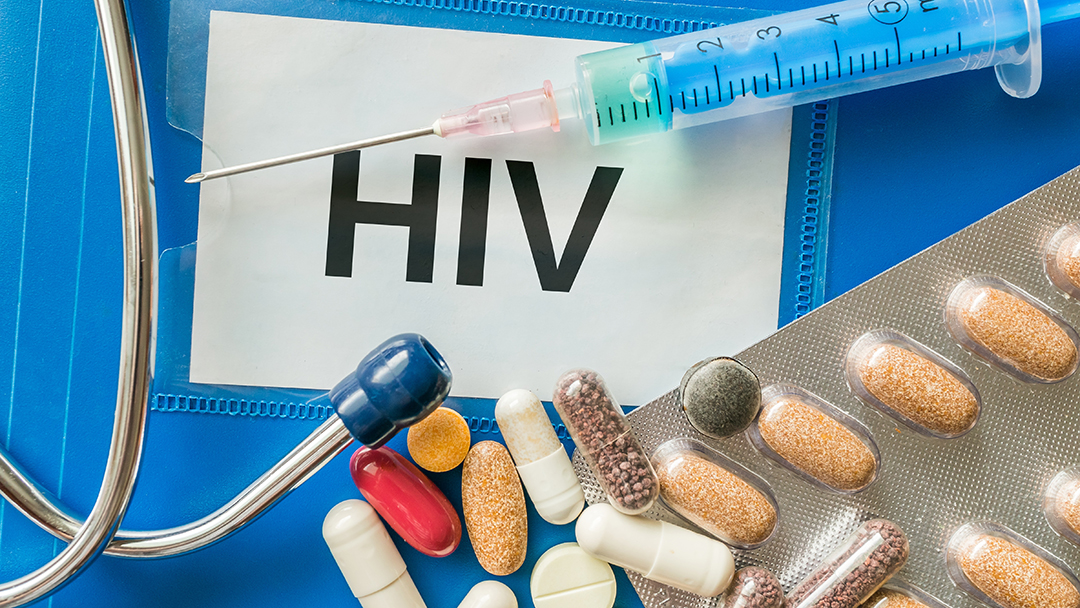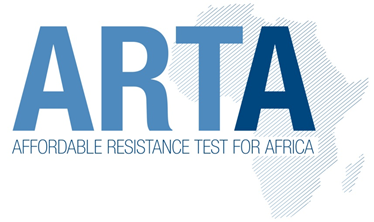ART-A
Affordable Resistance tests for Africa


Objective
The objective of the ART-A project is to develop an affordable HIV-1 drug resistance protocol for clinics in Africa.
The first phase of ARTA (ARTA I, 2007-2012) focused on the development and validation of an affordable drug resistance testing algorithm comprising a semi quantitative HIV viral load (the so called VFA: Viral Failure Assay and an Reverse transcriptase-based, one-step HIV drug resistance genotyping test Ultralight HIV genotyping assay). The algorithm was specifically developed to be applied on a dried blood spot (DBS).
The objectives of the second phase of ART-A (ART-A II, 2013-2015) were geared toward a 1) larger clinical evaluation of the ARTA tests in the real-life situation of patients on treatment in three HIV clinics in Uganda, 2) resolving questions around intellectual property protection of the ART-A assay, in order to ensure its availability in a resource-poor setting, 3) demonstrating the proof-of-principle that ART-A test kits can be produced independently in an African setting (Joint Clinical Research Center, JCRC) in a sustainable way. The ART-A II objectives also aimed at obtaining WHO accreditation for the ART-A algorithm, in order to support the clinical utilization of the assay and its contribution to WHO-recommended HIVDR prevention strategy in sub Saharan African settings.
Description
HIV drug-resistance is a negative side-effect of widespread medication use of antiretrovirals, which have to be taken for life. Just think how difficult it is for most people to finish a simple antibiotic therapy of a week, or how many people stop their malaria prophylaxis once they return from their holidays. The negative effects can be seen in the fight against malaria and tuberculosis (TB). Very recently outbreaks have been recorded in Thailand and Cambodia of malaria parasites that are fully resistant to all drugs, including the “wonder drug” artemisinin. In the case of TB, outbreaks of multi-resistant tuberculosis strains are frequent and increasingly threatening.
Compared to malaria and TB, HIV mutates and replicates even faster and it is therefore not hard to predict that large-scale development of HIV-drug resistance is looming. This is particularly true for Africa, where health systems are constrained and generally health care is severely underfunded. Poorly operating health systems can lead to reduced patient drug adherence, which is the single most important reason why resistance develops. Drug resistance can seriously undermine the long-term effects of antiretroviral therapy (ART) and thus seriously challenge the international efforts of providing ART to the developing world.
HIV drug resistance can be measured by certain laboratory tests. However, these tests are technically complex and prohibitively expensive for use in low-resource settings such as Africa. Moreover, this continent particularly suffers from a massive infection rate with an extraordinary large variety of HIV. This further complicates HIV drug resistance testing and underscores the importance of collecting more information in Africa.
Partners
Contract Laboratory Services (CLS), Johannesburg, South Africa*
AIGHD, Netherlands*
Centre de Recherche Public de la Santé (CRP), Luxemburg
University Medical Centre Utrecht (UMCU) Department of Virology, Utrecht, Netherlands*
Wits Health Consortium, Johannesburg, South Africa*
Virco BVBA (now part of Janssen Diagnostics), Mechelen, Belgium
Joint Clinical Research Centre (JCRC), Kampala, Uganda*
*active in ARTA phase 2
Funders
Funded by African partnership for capacity development and clinical interventions against poverty-related diseases (NACCAPII): ART-A phase I, ART-A phase II
Countries
Netherlands
South Africa
Uganda
